Telescopes

Telescopes inevitably being modernized and become more complex, but the operating principle remains the same. Lets consider the work of typical telescope. 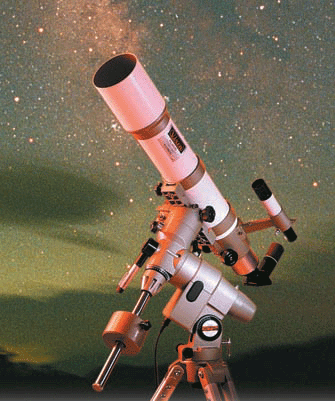 Any telescope works on the same principle - the collection and enhancement of the light signal. In its majority, light is collected in the first lens - namely the size of this element specifies the visibility of the object in the telescope. Detailing of any object which is considered, directly depends on quantity of light. The models with possible increase are also good, but this doesn't affect the detailization of the objects. The main function of the telescope - to provide an opportunity to look at the stars and other celestial bodies. To do this, set the focus, trying to capture as much light rays, as possible, then enlarge the object if its necessary. Telescope lens collect parallel rays in the plane of focus. After that, the eyepiece helps to examine the focal plane, increasing the image of the object.
Any telescope works on the same principle - the collection and enhancement of the light signal. In its majority, light is collected in the first lens - namely the size of this element specifies the visibility of the object in the telescope. Detailing of any object which is considered, directly depends on quantity of light. The models with possible increase are also good, but this doesn't affect the detailization of the objects. The main function of the telescope - to provide an opportunity to look at the stars and other celestial bodies. To do this, set the focus, trying to capture as much light rays, as possible, then enlarge the object if its necessary. Telescope lens collect parallel rays in the plane of focus. After that, the eyepiece helps to examine the focal plane, increasing the image of the object.
The main types of telescopes
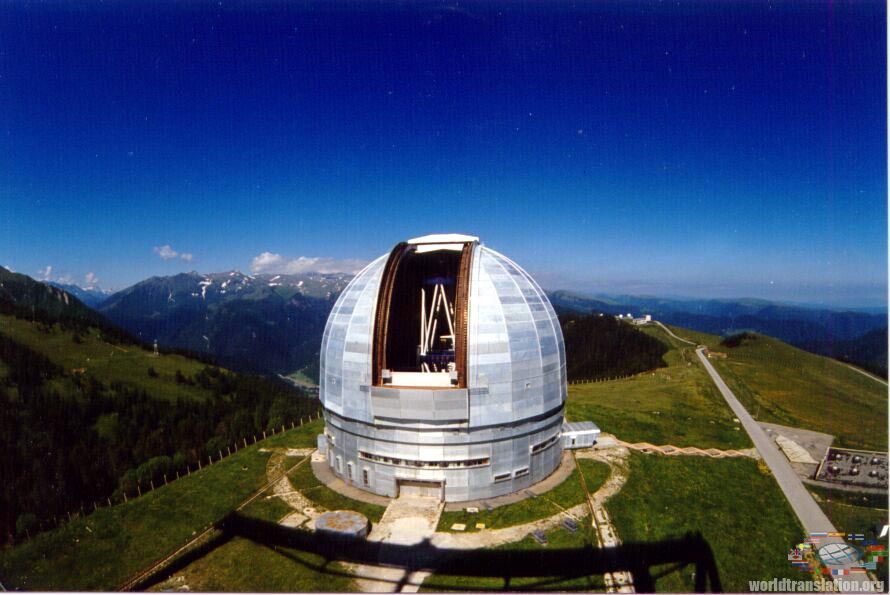 For today refractor are the most widespread optical systems of telescopes in the category of amateur devices (they have objective and lens) and reflectors (fitted with objective and a mirror), the next are the systems of Maksutov-Cassegrain and Cassegrain, along with systems of Schmidt-Cassegrain (combined set of mirrors and lenses).
For today refractor are the most widespread optical systems of telescopes in the category of amateur devices (they have objective and lens) and reflectors (fitted with objective and a mirror), the next are the systems of Maksutov-Cassegrain and Cassegrain, along with systems of Schmidt-Cassegrain (combined set of mirrors and lenses).
You need to be serious about the choice of the optical system. Certainly, nobody forbids to choose a telescope on the external characteristics. Let us try to highlight the key points of the optical systems.
Refractor system
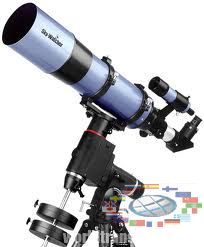 In refracting telescopes the role of objective performs a lens, which is located in front of the tube. Systems of this type differ from other systems, by relatively large length. These telescopes are characterized by feature: as larger is diameter of the lens, as more expensive is the device. This is due to the complexity of the technological process of lens manufacturing compared to the mirrors. In astrophotography is often used "apochromat" telescope - it has a small focal length, but has a high cost.
In refracting telescopes the role of objective performs a lens, which is located in front of the tube. Systems of this type differ from other systems, by relatively large length. These telescopes are characterized by feature: as larger is diameter of the lens, as more expensive is the device. This is due to the complexity of the technological process of lens manufacturing compared to the mirrors. In astrophotography is often used "apochromat" telescope - it has a small focal length, but has a high cost.
Its very convenient to observe an open terrain with refractor, but the observations from the open window or balcony is extremely inefficient. The observation from the open window is fraught with poor image quality. It is not recommended to observe through the glass of the closed windows and indoors.
Usually refractor telescopes have azimuthal mount, making it well suited, for example, for children. Refractors favorably differ from reflecting telescopes with unpretentiousness to the temperature drops.
Reflectors
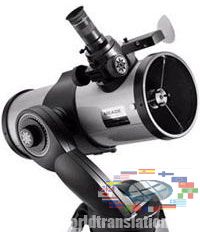 Lets examine one of the reflector optical systems - Newton system. Here is observed an obvious difference with refractor systems. Objective here is a concave mirror located at the back of the tube. Its much easier to manufacture mirrors, than lenses. Therefore, the reflectors will cost much less, then refractors of the same diameter. Reflectors are fixed with an equatorial mount. This design is more complex and functional than in the refractors. You can also install such a telescope with Dobsonian mount.
Lets examine one of the reflector optical systems - Newton system. Here is observed an obvious difference with refractor systems. Objective here is a concave mirror located at the back of the tube. Its much easier to manufacture mirrors, than lenses. Therefore, the reflectors will cost much less, then refractors of the same diameter. Reflectors are fixed with an equatorial mount. This design is more complex and functional than in the refractors. You can also install such a telescope with Dobsonian mount. 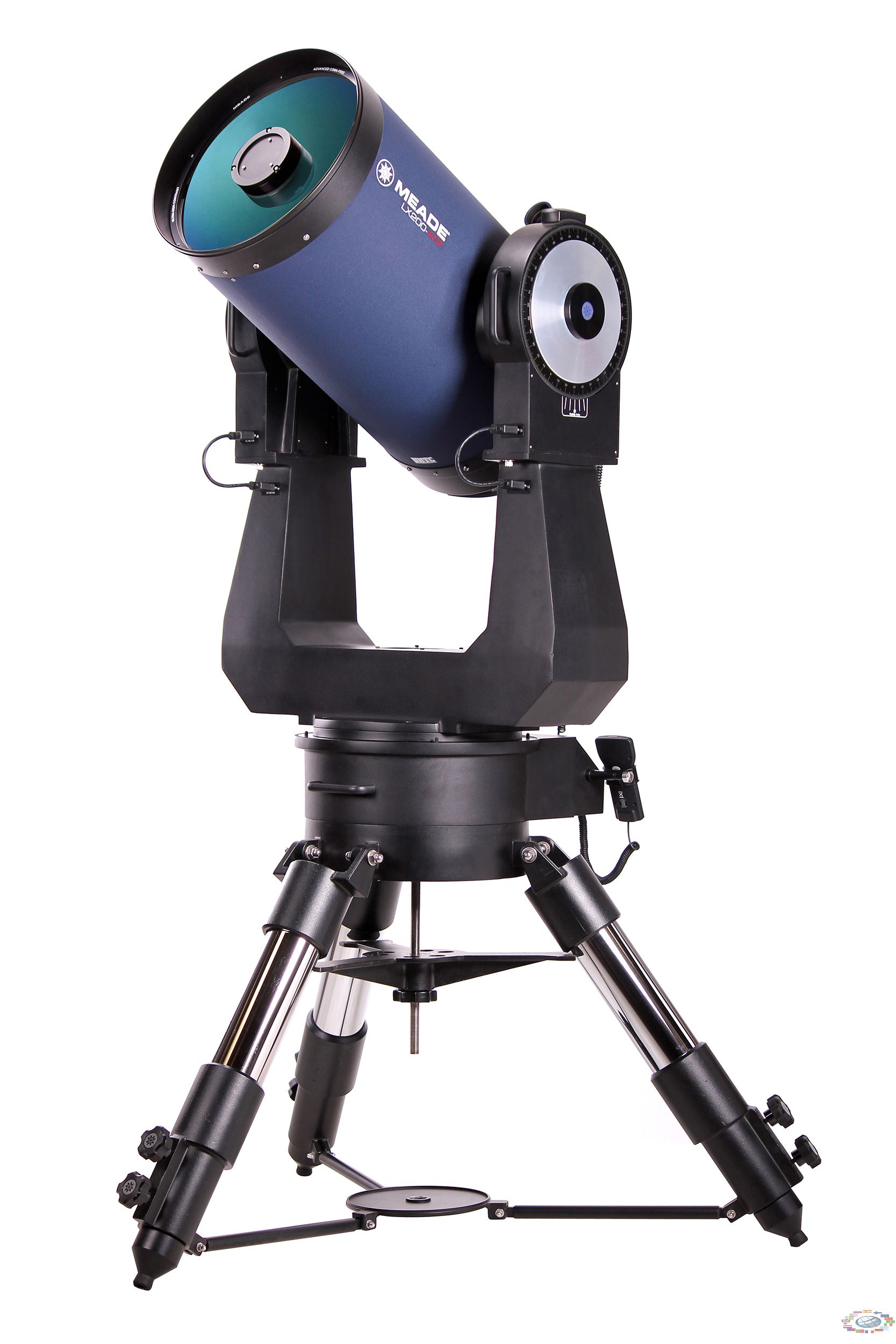 It differs with relatively low cost, because it does not allow to make accurate navigation and observation.
It differs with relatively low cost, because it does not allow to make accurate navigation and observation.
Is worth considering that the mirrors have very thin reflective layer, therefore they need to be protected. The temperature changes are dangerous for them. The telescope is sensitive to condensate, so after using it must be sheathed. Today's market offers a wide range of reflectors. Here, the diameter of the objective varies from 80 to 250 mm.